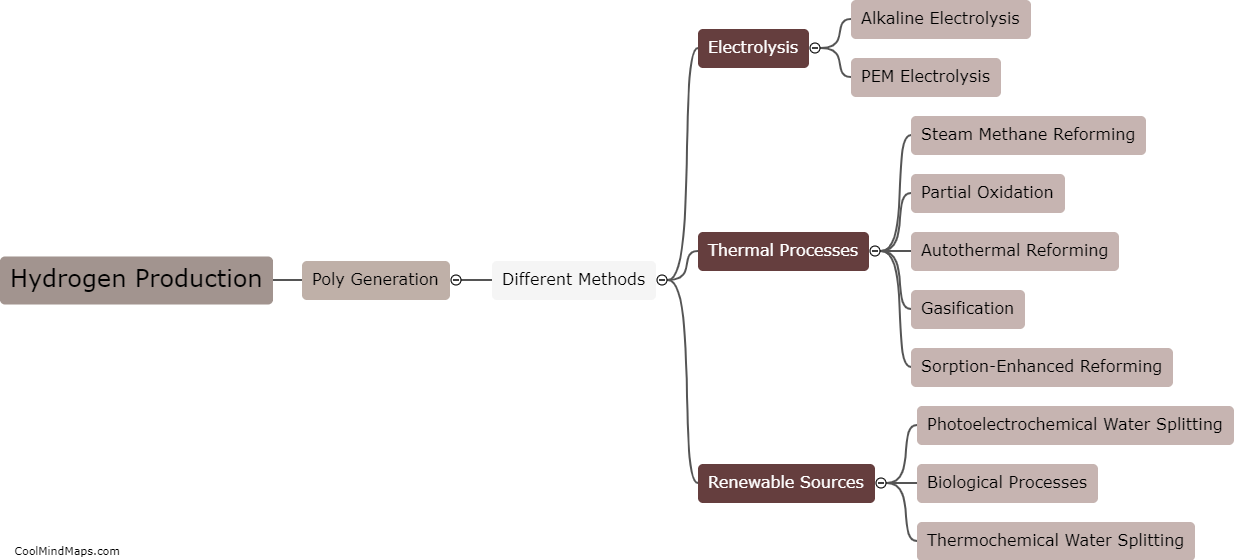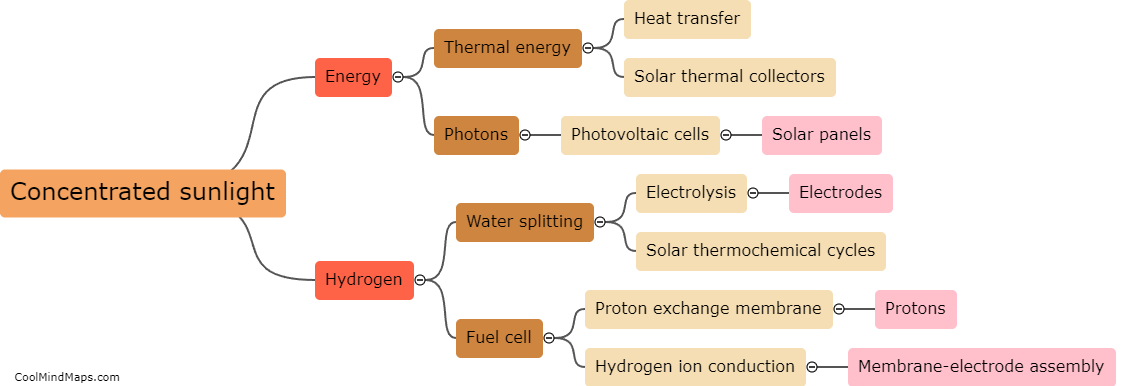What are the different methods of hydrogen production in poly generation?
Poly generation refers to the simultaneous production of various forms of energy, such as electricity, heat, and fuels, from a single source. Hydrogen, being a versatile and clean energy carrier, is often included in poly generation systems. Various methods exist for hydrogen production within poly generation systems. One common approach is steam methane reforming (SMR), where natural gas reacts with steam to produce hydrogen. Another method is electrolysis, which involves passing an electric current through water to split it into hydrogen and oxygen. Additionally, biomass gasification can be utilized, where biomass is converted into a syngas, which can then be further processed to extract hydrogen. Lastly, solar-thermal water splitting using concentrated sunlight can also be employed as a sustainable method of producing hydrogen in poly generation systems. Each method has its own advantages and considerations, depending on factors such as cost, efficiency, and environmental impact.

This mind map was published on 4 October 2023 and has been viewed 125 times.











